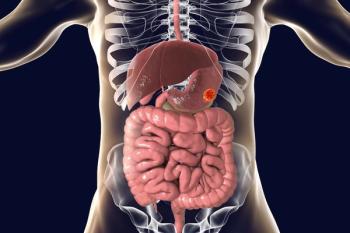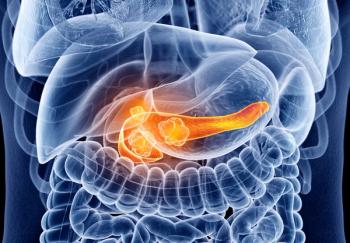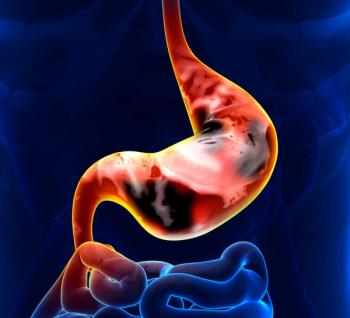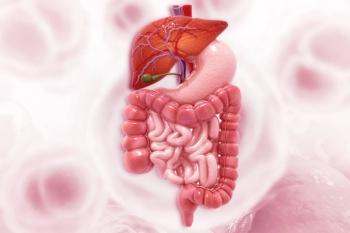
DOG1 Knockdown May Not Alter Cell Growth in GIST
Though the calcium-dependent chloride channel DOG1 is strongly expressed in gastrointestinal stromal tumors (GIST), a new laboratory study suggests that methods targeting it for therapies in treating these cancers are still a ways off.
Though the calcium-dependent chloride channel DOG1 is strongly expressed in gastrointestinal stromal tumors (GIST), a new laboratory study suggests that methods targeting it for therapies in treating these cancers are still a ways off.
DOG1 is a channel that was first discovered on the surface of GIST cells, and has been shown to be a
The research was led by senior author Sebastian Bauer, MD, of the West German Cancer Center at University Hospital in Essen, Germany; the investigators studied the effects of knocking out DOG1 from GIST cells. “Lentiviral knockdown of DOG1 resulted in a near-complete inhibition of DOG1 while expression of KIT or the KIT-depending signaling pathways were not affected,” Bauer and colleagues wrote in an abstract. The KIT gene is expressed in the majority of GISTs, but approximately
The investigators examined chloride currents in GIST cells using the patch clamp technique, and found that the DOG1 knockdown cells had substantially inhibited chloride current compared to control cells. They also looked at cell proliferation, both with and without imatinib (Gleevec); no difference in these cell growth rates either with DOG1 knockdown alone or in the presence of the drug.
Imatinib was
In mouse xenografts generated from transduced cell lines, however, DOG1 knockdown yielded a lower proliferative activity than controls, with a tumor size reduction of 43% after 19 days of growth (P = .003 compared to controls). “DOG1 knockdown results in a reduction of intracellular chloride currents but does not affect KIT expression or sensitize cells to imatinib treatment,” the investigators wrote.
“The consequences of inhibiting DOG1 in the murine models were dramatic,” Fletcher said in an e-mail. “DOG1 functional roles are a bit different in the cell culture setting, but we do not yet have an explanation for this.”
The gap between the mouse model and the in vitro work requires some explanation, but Fletcher said that DOG1 remains a “promising target” for GIST therapies. “The optimal way to target this channel protein remains to be defined,” he said.
Newsletter
Stay up to date on recent advances in the multidisciplinary approach to cancer.

















































































